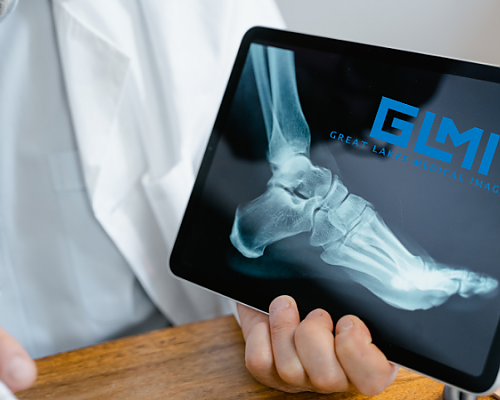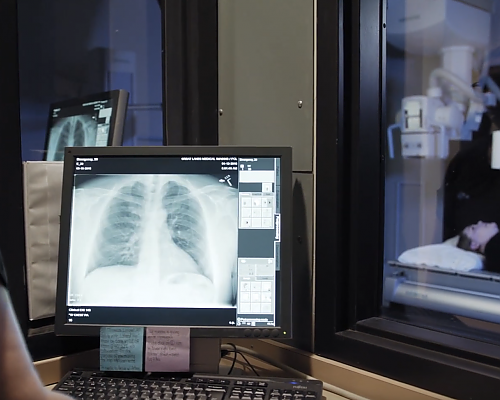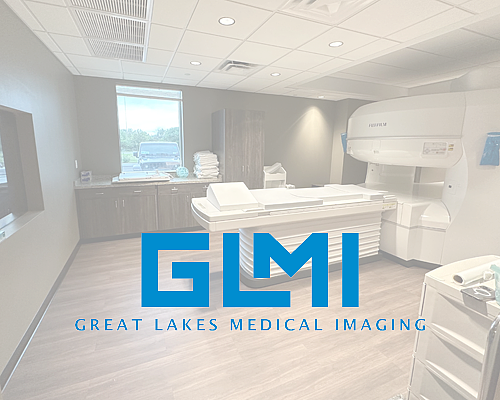Our Blog
Fluoroscopy in Interventional Procedures: A Deep Dive by GLMI

Fluoroscopy, with its ability to provide real-time imaging, has revolutionized the way medical professionals approach many interventional procedures. This innovative imaging technique has become an integral part of modern medical care. At Great Lakes Medical Imaging (GLMI), our experienced radiologists are at the forefront of this technology, harnessing its capabilities to provide cutting-edge interventions with precision and safety. Here's a comprehensive look into how fluoroscopy plays a pivotal role in interventional procedures.
What is Fluoroscopy?
Before delving into its application, it's essential to understand fluoroscopy. It is a type of medical imaging that uses X-rays to produce real-time, moving images of the internal structures of the body. Think of it as an 'X-ray movie'.
Advantages in Interventional Procedures
1. Real-time Imaging
The most significant advantage of fluoroscopy is its ability to provide continuous, live images. This real-time visualization is crucial during interventions, allowing radiologists to guide instruments, like catheters or needles, with exceptional accuracy.
2. Enhanced Safety
With live imaging, radiologists can immediately react to the body's dynamic changes and adjust their approach, ensuring the procedure is as safe as possible.
3. Minimally Invasive
Many interventional procedures, when guided by fluoroscopy, can be performed with minimal invasiveness. This often results in shorter recovery times, reduced risk of complications, and less discomfort for the patient.
Applications in Interventional Procedures
1. Angiography
Fluoroscopy guides catheters through blood vessels during angiograms, allowing for the identification and treatment of vascular issues, such as blockages or aneurysms.
2. Orthopedic Procedures
For procedures like spinal injections or joint aspirations, fluoroscopy ensures that the needle reaches the precise location, minimizing potential damage to surrounding structures.
3. Gastrointestinal Interventions
Fluoroscopy aids in procedures like barium swallows or enteroclysis, offering a detailed view of the digestive tract in motion.
4. Urological Procedures
From guiding stents in the urinary tract to assisting in stone removal, fluoroscopy's dynamic imaging is invaluable in urological interventions.
5. Biopsies
When extracting tissue samples from deep within the body, fluoroscopy can guide the needle to the precise location, ensuring an accurate and safe biopsy.
Conclusion
Fluoroscopy has undeniably elevated the standards of interventional radiology, offering real-time insights and guiding medical professionals in various intricate procedures. At GLMI, our radiologists are adept at using this tool, ensuring that patients receive care that is both cutting-edge and compassionate.
Should you wish to learn more about fluoroscopy or have questions regarding any other services we offer, please feel free to visit our contact page.
Disclaimer: This blog article is for general informational purposes only and should not be construed as professional medical advice. Always seek the advice of your physician or other qualified health provider with any questions you may have regarding a medical condition.
‹ Back









